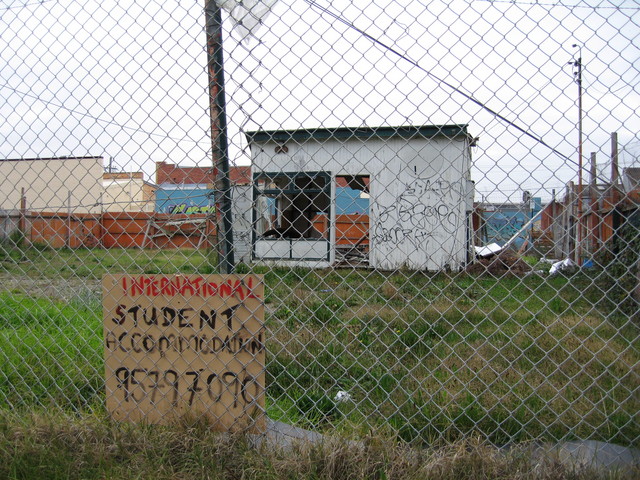Laura Marriott | Staff Writer
Dublin is in the grips of an accommodation crisis. This is not new to students who have recently started studying at Trinity. Rising prices combined with a shortage of suitable accommodation is making it increasingly difficult to find somewhere to live for the academic year.
Costly Living
Rental costs have been soaring over recent years, since 2011 by 26%. This has accelerated over the past year with prices increasing by around 15% in these 12 months. According to the Irish Times there is a year on year increase of 17.2% in the city centre, i.e. the areas closest to Trinity and most attractive to its students. In real terms this equates to a 500 euro rent increasing by 75 euro.
There is a year on year increase of 17.2% in rental costs in the city centre
This is reinforced by a lack of available accommodation for rent. This year has seen a 40% reduction in available student accommodation. This is a particularly worrying statistic when you remember that the number of students arriving in Dublin each year is certainly rising year on year. In certain hotspots such as the South Circular Road, enquiries into rental properties have increased by 200%. Whilst interest in certain areas on the north side, such as Drumcondra and Glasnevin, has trebled in the past two years. More and more students are competing with professionals and young families for accommodation who are also feeling the financial strain.
Avoiding the Dublin Colleges
It’s feared that the accommodation crisis might soon get to a point where many potential students will choose to study somewhere more affordable. They already do it in some numbers but it might reach a critical point where this drastically affects the quality of Dublin college entrants in future years. John O’Connor, Chief Executive of the Housing Agency, has suggested that where possible students should consider the costs of accommodation when making their course choices. As a direct effect of the accommodation crisis he argues students should consider looking for accommodation along commuter routes, outside of the immediate vicinity of the college or University.
Enquiries into rental properties have increased by 200%
This will undoubtedly increase the numbers of students who are choosing to live with family rather than branching out on their own. For many this is fine, but for those who have to commute on a regular basis from the outskirts of county Dublin or commuter zones such as Meath or Kildare it can become a problem. Aside from the cost of transport it may lead to students missing out. Instead of becoming independent adults setting out on their own or making the most of the social side to the University experience they will have to be constantly aware of when to catch the last bus and their parents feelings. And of course there is the physical effect, the tiredness of having to get up at 5:30 am in order to navigate public transport in order to be on time for a 9 am lecture.
Those hoping to move out of the parental home but still save money by commuting may also find their options narrowing as rental costs in Dublin’s commuter counties are also rising – slower than Dublin yes, but again one has to consider the accumulated costs, both financial and psychological, of commuting.
Over two years the student accommodation in Dublin’s commuter counties has decreased from around 2,000 to 600 properties
Little Acommodation Left
Daft.ie’s in house economist, Mr Lyons, has stated that over the past two years the numbers of available student rental accommodation in Dublin’s commuter counties has decreased from around 2,000 to 600 properties. However in general this is still a better option than some of the rental accommodation available in the city. There is strong evidence that a huge proportion of rental rooms and properties are in a sub – standard condition.
According to Councillor Ray McAdam’s Summer 2014 Stoneybatter newsletter although rental standards are improving it is a slow process. In this area of Dublin 7 alone over the past two years 5114 rental units were inspected. Only 614 met rental standards.Of the 999 units inspected along the North Circular Road, only 145 met the legal requirements for rental properties. If prices continue to rise there is a strong chance that increasing numbers of students will feel they have no choice but to pay extortionate rents for this sub – standard and possibly illegal accommodation.
Rents are also increasing elsewhere in Ireland. With the cost of renting having risen by 6 – 7% in Cork, Galway and Limerick. Although this is a significant increase it begs the question of whether prospective Trinity students may be more inclined to study outside of Dublin due to the financial pressures. For example the average rent in Dublin of all types is around 1300 euro, whereas average rental costs in Cork are 866 euro and Limerick even less at 680 euro.
Those who do stay in or move to Dublin have to face the added pressure of worrying about finances rather than just their academic studies. And of course not only does the cost affect you all year round, the stress of just looking for suitable and affordable accommodation is increasingly seeping into the start of term with some students finding it takes weeks, occasionally several months, to find somewhere suitable to live.







